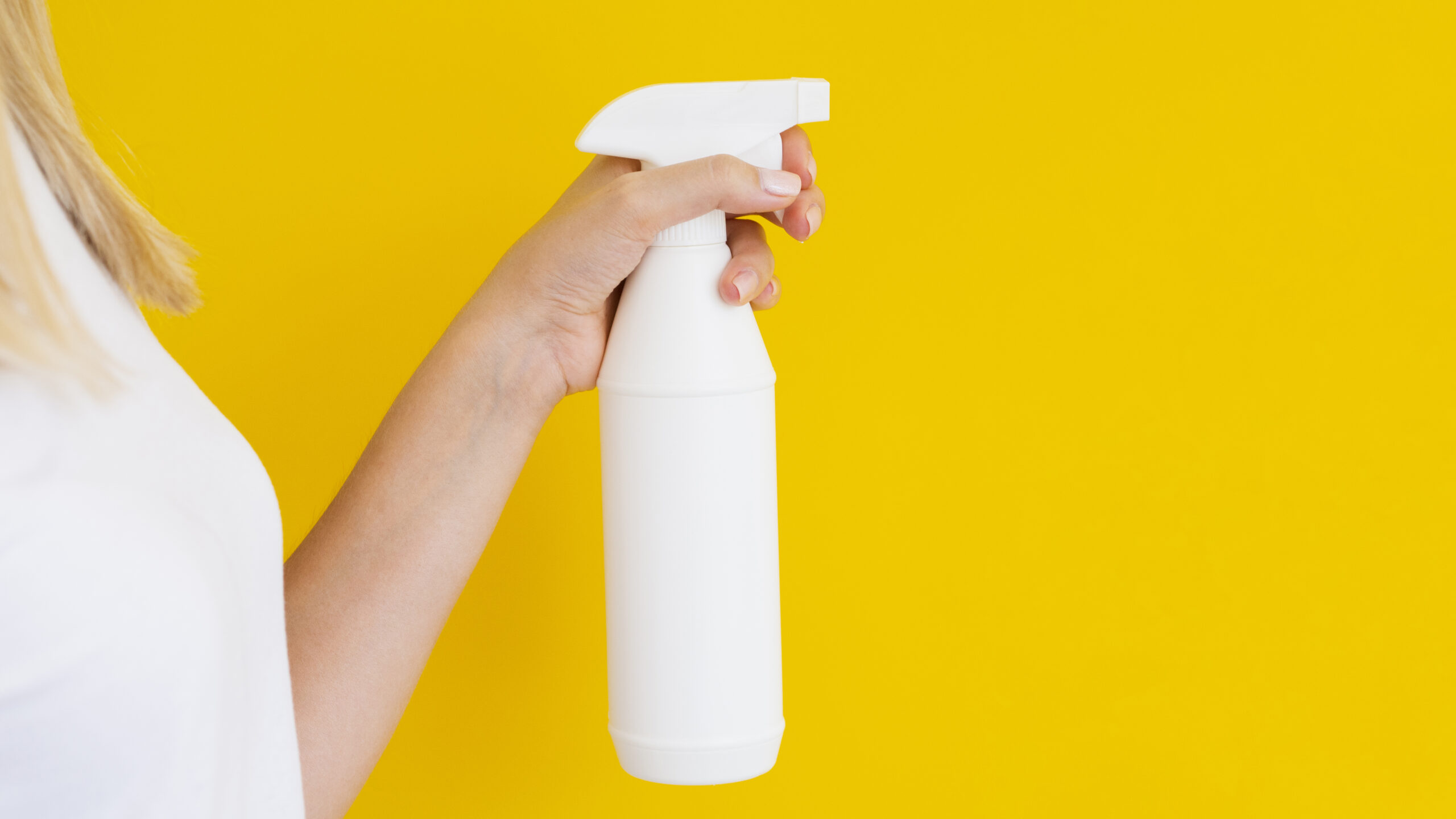Efficient Techniques to Eliminate Resilient Carpet Stains
Carpets have the remarkable ability to transform the ambiance of a room, lending a sense of cosiness and warmth. They provide a comfortable surface to walk on and are a staple in many homes. However, they are also vulnerable to stubborn stains that can mar their beauty. In this guide, we will delve into various techniques for effectively removing stubborn stains from carpets and techniques for applying correct pressure on carpets when cleaning, ensuring that your carpets remain in pristine condition. Whether it's red wine spills, pet accidents, or other challenging stains, we've got you covered.
The Basics
Before diving into advanced stain removal techniques, it's essential to grasp the fundamental principles of carpet stain removal. Carpets come in a vast array of materials, colours, and textures, and knowing how to clean each type is crucial. Nevertheless, regardless of the carpet's composition, there is a universal golden rule: act swiftly. Prompt action can make the difference between a temporary blemish and a permanent stain.
The initial step when a spill occurs is to blot the stain gently with a clean cloth or paper towel. The key here is not to scrub vigorously, as this can embed the stain further into the carpet fibers. Instead, press down gently to absorb as much of the spill as possible. Following this, rinse the affected area with warm water, once again blotting gently to remove the residue.
However, for those pesky and stubborn stains that seem impervious to basic cleaning, it is necessary to explore advanced stain removal techniques.
Steam Cleaning
Steam cleaning is a highly effective method for removing stubborn stains from carpets. This technique employs high-temperature steam to break down and eliminate deep-seated dirt, allergens, and stubborn stains that ordinary cleaning methods might struggle to address.
To begin the process, it's important to vacuum your carpet thoroughly before using a steam cleaner. This step removes loose dirt and debris, allowing the steam cleaner to work more effectively. Follow the manufacturer's instructions when operating the steam cleaner, ensuring you do not oversaturate the carpet, as excessive moisture can promote mold growth. After steam cleaning, it is crucial to let the carpet dry completely before allowing foot traffic.
Enzyme Cleaners

When steam cleaning falls short of removing a stubborn stain, consider turning to enzyme cleaners. Enzymes are natural catalysts that work by breaking down the molecular structure of the stain, making it easier to remove. Enzyme cleaners are particularly effective against organic stains, such as those from food, urine, or blood.
To use enzyme cleaners effectively, follow the instructions provided on the product label. Typically, you'll need to apply the enzyme cleaner to the stained area, allowing it sufficient time to work its magic in breaking down the stain's components. Afterward, blot up the residue with a clean cloth or paper towel. Enzyme cleaners can be a potent ally in tackling persistent carpet stains.
Dry Powder Cleaning
A less commonly known but highly efficient technique for carpet cleaning is the dry powder method. In this approach, a semi-moist powder is worked into the carpet, adhering to dirt and stains. Once the powder dries, it can be easily vacuumed up, taking the embedded grime with it. One of the significant advantages of this method is that it leaves your carpets dry and ready for use immediately.
To perform dry powder cleaning, follow these steps:
- Sprinkle the dry powder evenly over the stained area.
- Use a brush or a specialized carpet cleaner machine to work the powder into the carpet fibers.
- Allow the powder to dry completely.
- Vacuum up the dried powder along with the dislodged dirt and stains.
This method proves especially valuable in preserving your carpet's aesthetic appeal while minimizing the requirement for extended drying periods. By limiting the moisture introduced during cleaning, it also lowers the potential for mold or mildew development.
Applying the Correct Pressure When Cleaning Carpets
The art of carpet cleaning is nuanced, with the right pressure playing a pivotal role in achieving pristine results. Different fabrics demand varied pressures or psi (pounds per square inch) settings. For instance, while standard carpets may need a psi setting between 100-400, delicate fabrics like nylon and cotton require a gentler approach, typically around 50 psi. Additionally, the carpet's pile height, or the density of its fibers, also influences the choice of pressure. Deep-piled carpets, prone to accumulating more dirt, can benefit from a higher psi, around 300-500. In contrast, short-pile variants can be effectively cleaned with a milder 100-200 psi.
The condition of the carpet further refines the pressure requirement. Heavily stained or soiled carpets sometimes necessitate pressures as high as 1,500 psi, especially for tenacious issues like pet urine stains which might demand a robust 400-600 psi for effective removal. However, a crucial trade-off to consider with high pressure is the extended drying time, due to the greater water usage. Tools like Dri-pods or carpet dryers can assist in speeding up this drying, and maintaining an optimal room temperature of around 22°C or 71°F can further facilitate quicker drying.
Ultimately, determining the ideal pressure is a blend of experimentation and understanding the carpet's needs. While testing different psi settings on hidden carpet sections can guide the choice, it's essential to remember that pressure is just one piece of the cleaning puzzle. Coupling the right pressure with quality cleaning agents and equipment ensures a carpet that's not just clean, but also well-preserved.

Other Techniques
Different types of stains may require specific cleaning methods and solutions. Here are a couple of additional techniques for addressing common stubborn stains:
Oil-Based Stains:
For stains like cooking oil or grease, a mixture of vinegar and baking soda can often work wonders. The acid in vinegar helps break down the oil, while baking soda absorbs it. To use this method, apply the solution to the stain, allowing it to sit for a few minutes. Next, gently dab the stain using a clean cloth or paper towel.
Red Wine or Fruit Juice Stains:
Dealing with red wine or fruit juice spills can be challenging, but a touch of hydrogen peroxide can be remarkably effective. However, it's crucial to perform a patch test on a hidden area of the carpet first, as hydrogen peroxide can bleach certain fabrics. If the test is successful, apply a small amount of hydrogen peroxide to the stain, allowing it to sit for a short time before blotting it up.
Conclusion
Carpets not only elevate the aesthetics of our homes but also offer comfort and warmth underfoot. However, the occasional spill or stain is inevitable. While these mishaps can be distressing, it's reassuring to know that effective solutions, ranging from basic blotting techniques to advanced cleaning methods, are at our disposal. By promptly addressing stains and equipping ourselves with the right knowledge and tools, we can ensure that our carpets remain vibrant, fresh, and free from unsightly blemishes. Remember, a well-maintained carpet doesn’t just enhance the beauty of your space; it's a testament to the care and love you invest in your home. So, the next time an accidental spill occurs, take a deep breath, refer back to this guide, and tackle that stain with confidence.
